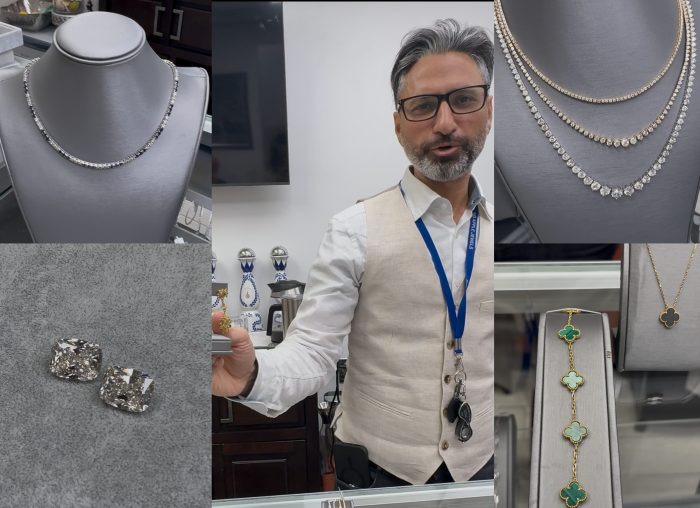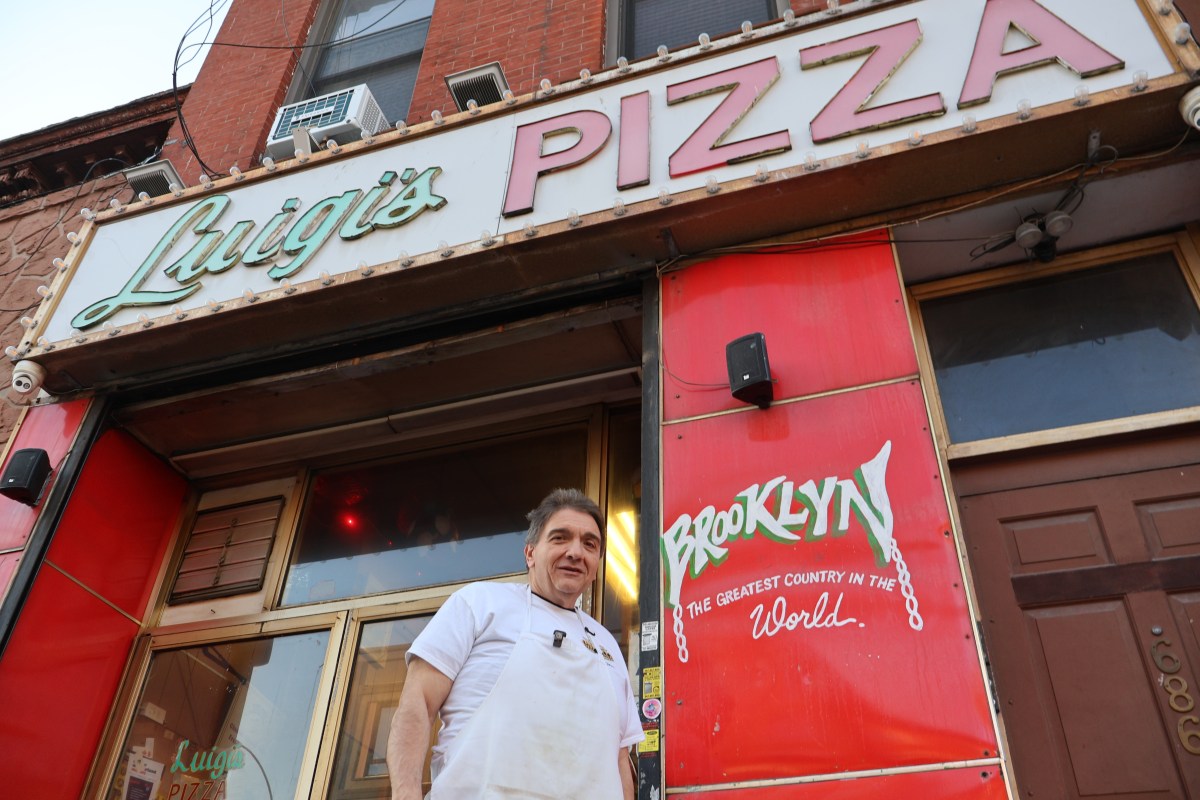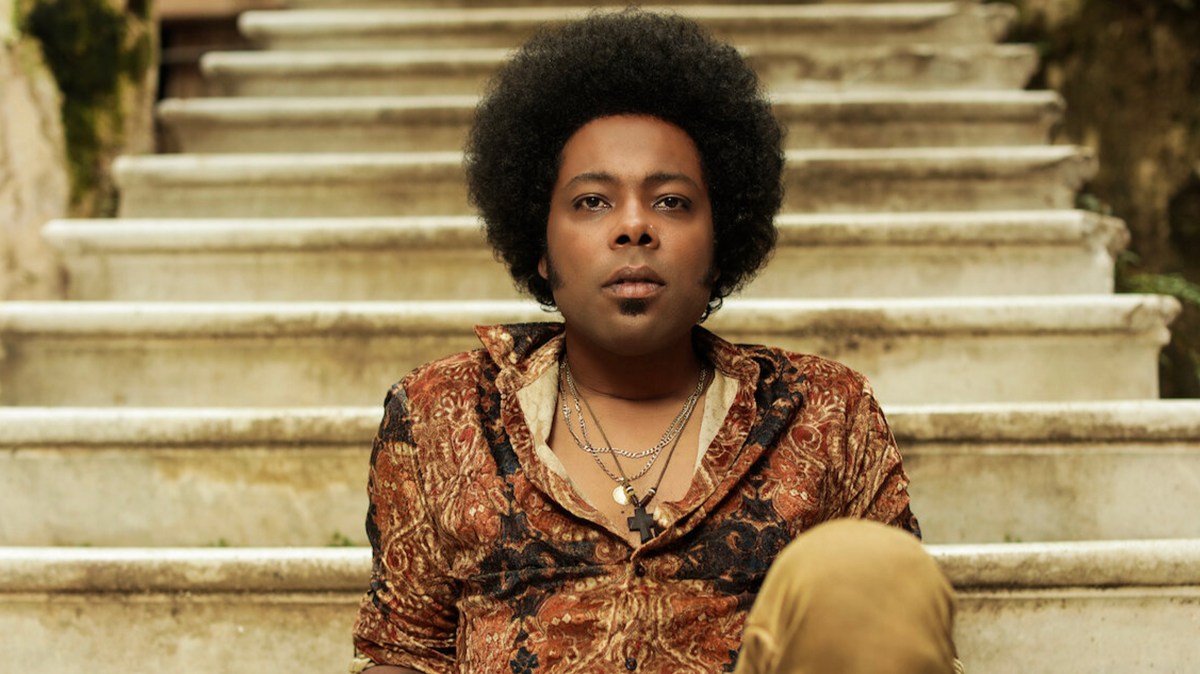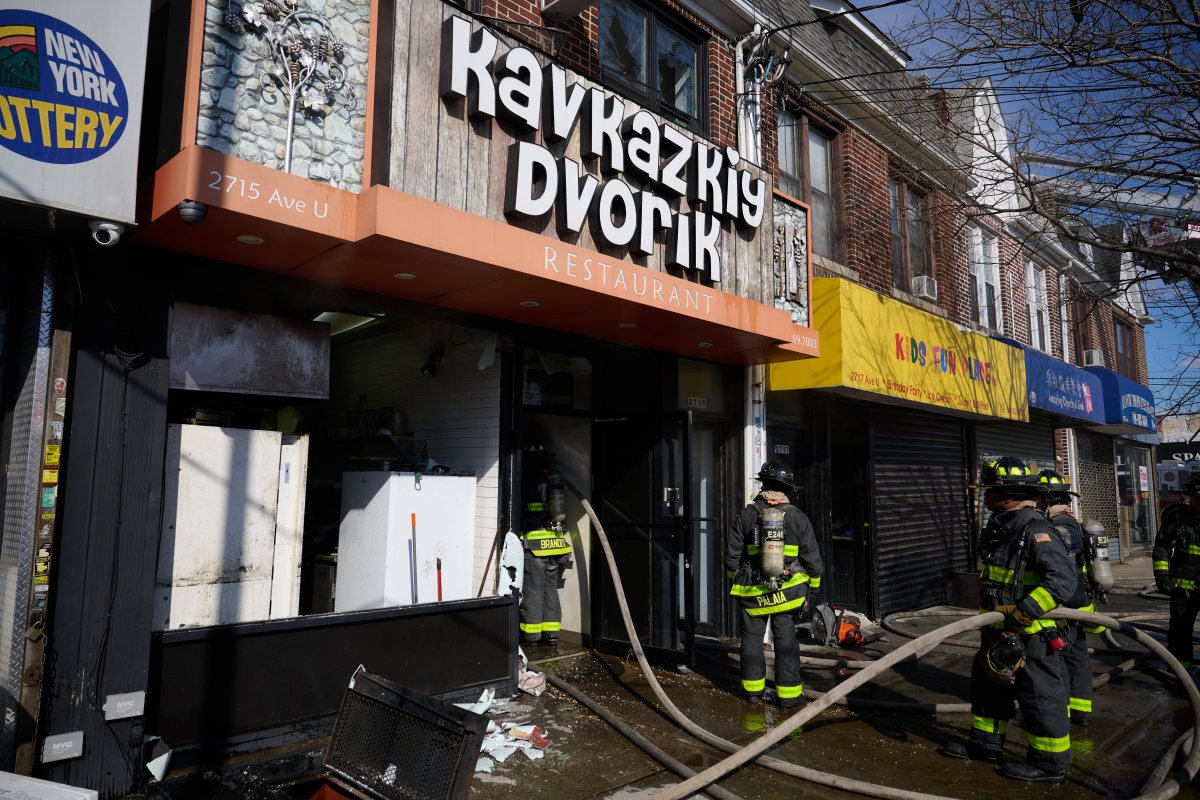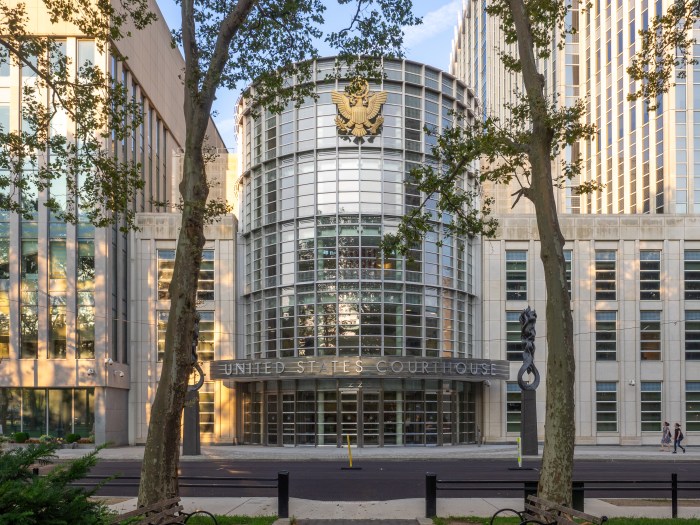
Buried deep under a midtown building lies a massive archive filled with millions of New York City’s historical treasures.
And now, it’s open to future Indiana Joneses.
The city’s Landmarks Preservation Commission opened its state of the art archaeological repository Wednesday, and historians say it will be a great tool for understanding New York’s past.
Previously, the relics, which date as far back as the pre-Columbian era, were held in various locations throughout the city and sometimes in unsuitable environments.
The 1,439 square foot archive at 114 W. 47th St., however, is big enough to hold 1,518 boxes and is climate controlled.
“So much work has gone into this collection and so much work can be done going forward,” said Amanda Sutphin, the LPC’s director of archaeology.
Among the items in the Nan A. Rothschild Research Center are vintage medicine and wine bottles from the 17th and 18th centuries, bones from sheepshead fish, which used to be more populous in city waters, and sugar molds from the old Domino sugar site in Brooklyn.
Although the items may seem trivial on the surface, they are examples of the bigger picture of New York, according to Rothschild, a longtime anthropology professor at Barnard College for whom the archive is named.
For example, the findings of 17th century European goods in the city showed that early colonists weren’t the most law abiding citizens.
“We learned from the artifacts that they rejected the Dutch embargo and brought in goods all of the time,” she said.
The majority of the items were recovered from Manhattan, but Sutphin said there have been other great finds in the other boroughs as well. Historians who toured the archive said they were impressed with the layout and the collection.
“They can compare to new material that has come out of the ground,” said Allan Gilbert, a professor of anthropology. “If you simply put them in a box and hid them away in an inaccessible location … you could never to come back and do further research on them.”
Even though the repository will only be available to researchers by appointment, the LPC said other New Yorkers can check out the relics through an interactive website that also launched Wednesday.
Users who log into nyc.gov/archaeology can see photos of the items, scans of historical documents and take a quiz.
“These fragments of our history are vial for us to understand how people lived in our city,” said LPC chairwoman Meenakshi Srinivasan.





